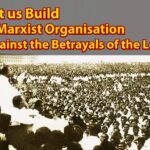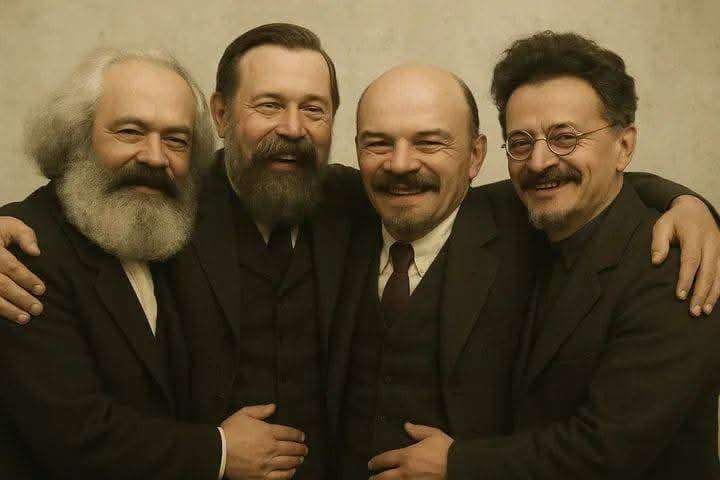By Raju Prabath Lankaloka
Establishing the Lanka Samasamaja Party (LSSP) in 1935, was led to the beginning of the left movement in Sri Lanka. Even before its inception, they had developed an anti-capitalist and anti-imperialist image through massive struggles such as the Suriyamal Movement, their role played in the malaria epidemic, and the Wellawatte Weaving Mill struggle etc. In 1936 they contested for 4 seats in the Legislature and won 2 of them. Marxism was introduced to Sri Lanka by the LSSP.
With the formation of the Fourth International in 1938 under the leadership of Leon Trotsky, the majority of the LSSP leadership accepted Trotsky’s ideas and a minority went with a Stalinist point of view. It was this minority group that formed the Communist Party of Ceylon in 1943. The so-called traditional left in Sri Lanka is the LSSP and the Communist Party of Ceylon and the factions broke away from them.
Due to the anti-capitalist and anti-imperialist position taken by LSSP, they had to face repressive measures of the regime during World War II. By the end of World War II, the LSSP has split again. Even with all those splits, the LSSP movement led a series of strikes in 1945-46 and the general strike in 1947 and won 15 of the 95 seats in 1947 election. The Communist Party had won only 3 seats.
Thereafter LSSP went through further splits and reunions.
The 1953 Hartal was the most militant and greatest mass struggle led by the traditional left movement in Sri Lanka. In addition to organizing the working class, taking an anti-racist stance on national question was the positive feature of the early left movement.
But by the 1950s, the Communist Party in a direct manner and LSSP in a zig-zag way have got into the path of coalition politics (that is, working with the bourgeoisie). The decision taken by LSSP in 1964 to join the SLFP led government was the decisive juncture in that path. With that decision, they ended the progressive role of the traditional left, and the only thing they have done thereafter was betray the working-class movement again and again.
As a result, in late 1960s, the youth of the South has entered into their path which led to several armed struggles from the beginning of the 1970s. Similarly, the youth of the North also started going on a path of armed struggle. The youth in the North and the South were thus drawn into the insurgencies by the betrayals of the traditional left movement.
In the 1977 parliamentary elections, the people of this country had completely rejected the traditional left. Various attempts were taken by sections that had broken away from the LSSP since 1964 to rebuild an Internationalist Marxist movement also ended up in sectarianism. Meanwhile, the UNP, which came to power in 1977, unleashed severe repression on the working class and trade union movements.
Since the 1980s, the vacuum created by the Sri Lankan traditional left has been filled by petty-bourgeois organizations. This could be seen in the South as well as in the North.
Although these petty-bourgeois organizations have demagogically used the words taken from Marxism and socialism during their early days, they never had any clue on Marxism or Socialism. Sometimes, they have taken anti-Indian positions, sometimes patriotic positions, and sometimes racist positions which are contrary to Marxism or Socialism. Some of them went so far as to be the drum beaters of the communal war. Eventually, some have gone as far as the traditional left has gone by joining the reactionary government of Chandrika accepting cabinet portfolios. Today these petty-bourgeois organizations speak nothing on Marxism or socialism. They have now completely abandoned Marxism and just became populists.
In this context, we have an urgent need to build a Marxist movement based on Internationalism that can provide the leadership to overthrow the capitalist system in a revolutionary manner and to build a socialist society. That is the responsibility we uphold.
![]()




